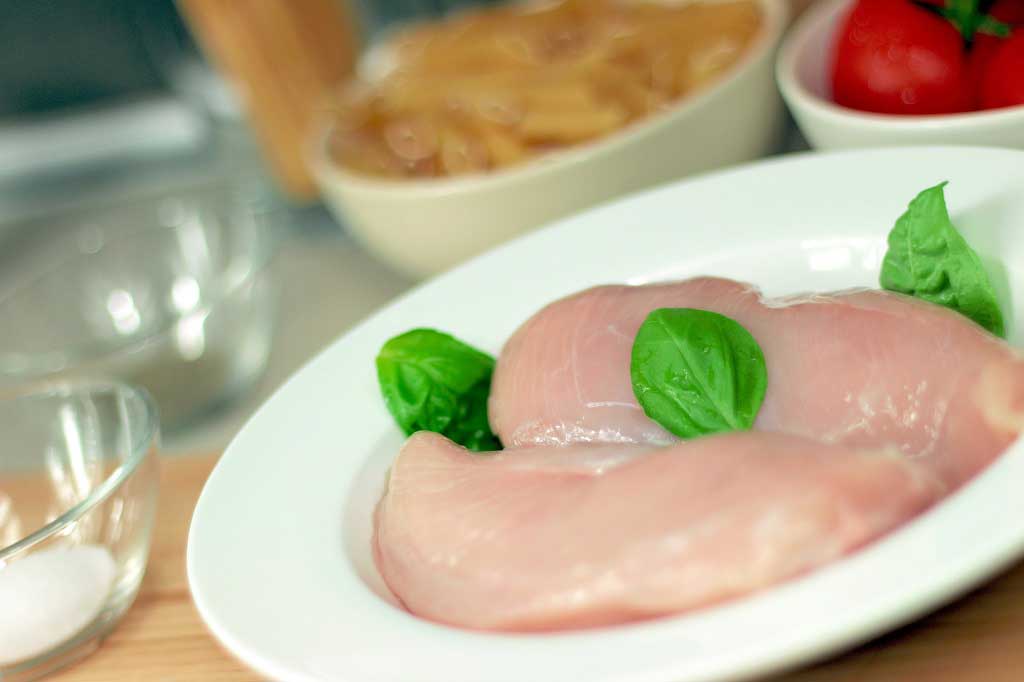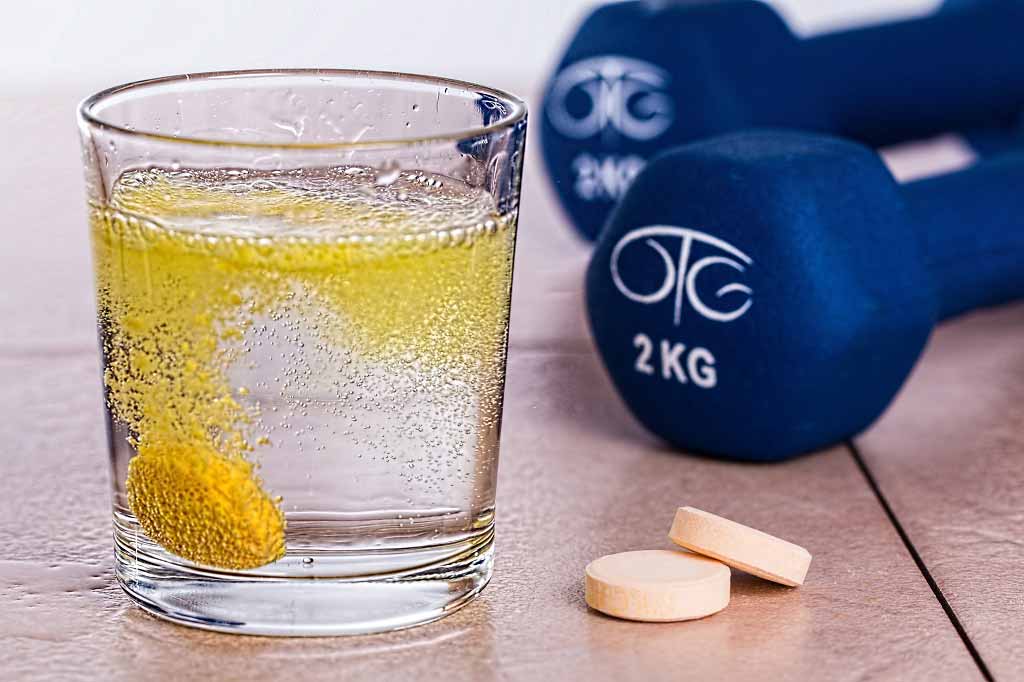Majority of supermarket chickens carry food bug
Food and diet

“More than 70% of fresh chickens being sold in the UK are contaminated,” BBC News reports. A Food Standards Agency investigation found worryingly high levels of contamination with the campylobacter bug, which can cause food poisoning…
“More than 70% of fresh chickens being sold in the UK are contaminated,” BBC News reports.
A Food Standards Agency (FSA) investigation found worryingly high levels of contamination with the campylobacter bug, which can cause food poisoning, on chickens being sold across the country. The Guardian reported a food scientist, Professor Tim Lang, calling for a “boycott of supermarket chicken because of 'scandalous' levels of contamination”.
Campylobacter is a type of bacteria thought to be the leading cause of food poisoning in the UK. Eating food contaminated with campylobacter can trigger symptoms such as nausea, vomiting, diarrhoea and stomach cramps.
Who produced the report?
The FSA released the latest figures from its testing of raw chickens in the first half of 2014. The agency has a key role in preventing foodborne illnesses. Reducing campylobacter in chickens is one of its main priorities because more than 280,000 people are infected with it each year in the UK.
The European Food Standard Authority (EFSA) has reported that up to 80% of campylobacter cases are due to raw poultry. It has estimated that the number of cases could be cut by between 50% and 90% if the levels of campylobacter in poultry across Europe was reduced to a tenth of the current levels.
What did the survey involve?
The FSA tested 1,995 fresh whole raw chickens and their outer packaging for the presence of campylobacter from February 2014 to August 2014. The chickens came from a wide range of UK supermarkets, small independent stores and butchers. The chickens were UK-produced standard, free range or organic, and not frozen, stuffed or marinated.
The FSA recorded the level of campylobacter on the chicken skin and outer packaging, and also reported whether the level on the skin was greater than the level at which the bug is thought to be most likely to infect humans (1,000 colony forming units per gram (cfu/g)).
What are the findings of the report?
Overall, 70% of raw chickens contained campylobacter on the skin:
- 18% were over the threshold where human infection is most likely (1,000cfu/g)
- 31% had moderate levels (between 100 and 1000cfu/g)
- 21% had low levels (between 10 and 99cfu/g)
Outer packaging was contaminated in 6% of chickens:
- One chicken’s outer packaging had levels over the 1,000cfu/g threshold
- 1% had moderate levels (100 to 1000cfu/g)
- 5% had low levels (10 to 99cfu/g)
The rates of campylobacter in chickens from different supermarkets or shops varied between 64% and 69%.
Some supermarkets had slightly better results than others, but all needed to improve.
The results grouped of all of the independent retailers and butchers together, so were unable to provide figures for these different types of chicken sellers. The assessment was not specifically designed to give a robust comparison between different supermarkets or shops. The FSA was unable to analyse the data to determine if there was a difference between the types of chicken tested – housed, organic or free range.
What are the potential health risks associated with chicken containing campylobacter?
Eating food contaminated with campylobacter – such as raw poultry, undercooked chicken liver pate and unpasteurised milk – can cause food poisoning. The symptoms usually start within two to five days, but can take up to 10 days to begin.
Campylobacter is the most common cause of diarrhoea in the world. Other symptoms can include abdominal pain, fever, headache, nausea and vomiting. It is usually a mild infection, lasting from three to six days, but can be fatal for very young children, the elderly and people whose immune system is not working well.
Cooking chicken will kill off campylobacter. The concern is that someone may handle raw contaminated chicken and then touch their mouth, which could lead to infection. Also, incorrect storage of chicken (see below) could lead to the cross-contamination of other foods.
Seeking medical advice for treating campylobacter-related food poisoning is usually not necessary, as it should clear up by itself, but it is essential to drink lots of water to replace the extra fluid lost by the diarrhoea, to prevent dehydration. Some more severe cases may require giving salts and other substances to maintain the balance of these in the body, and the use of antibiotics.
What advice has been given to protect against food
poisoning?
The FSA want campylobacter levels to be as low as possible when chicken reaches consumers, but even if it is present, chicken is safe to eat if you stick to the following measures.
Cover and chill raw chicken:
- Cover raw chicken and store at the bottom of the fridge so juices cannot drip on to other foods and contaminate them with bacteria that can cause food poisoning such as campylobacter.
Don’t wash raw chicken:
- Do not wash raw chicken before cooking as this can spread germs by splashing onto other surfaces. There is no need to wash the chicken as cooking will kill any bacteria present.
Wash used utensils:
- Thoroughly wash and clean all utensils, chopping boards and surfaces used to prepare raw chicken. Wash hands thoroughly with soap and warm water after handling raw chicken. This helps to stop the spread of campylobacter between different surfaces by your hands.
Cook chicken thoroughly:
- Cooking will kill any bacteria present, including campylobacter. Make sure chicken is steaming hot all the way through before serving. Cut in to the thickest part of the meat and check that it is steaming hot with no pink meat and that the juices run clear.
What happens next?
The FSA is continuing to check chickens for campylobacter to complete a year’s worth of data. It intends to have sampled 4,000 chickens by February 2015. It says this will serve as a “baseline” for assessing if there are improvements over time.
Its goal, in partnership with the chicken industry, is to reduce the number of chickens with the highest levels of campylobacter (1,000cfu/g) to less than 10% by the end of 2015. Some schemes to address the problem are already underway, and their impact may well be seen when the next batch of results is released.






 Subscribe
Subscribe Ask the doctor
Ask the doctor Rate this article
Rate this article Find products
Find products







